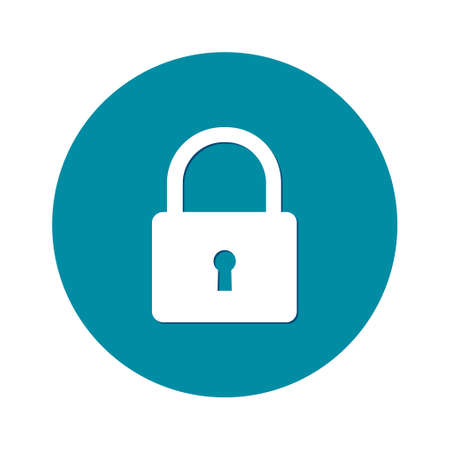
- By Umme Kumail 19-Jun-2023
- 893
Bringing home a new dog is an exciting and rewarding experience. However, for both the dog and the owner, it's important to establish a foundation of basic training to ensure a harmonious and well-behaved companion. In this article, we will explore essential dog training techniques that new owners can utilize to build a strong bond and lay the groundwork for a happy and obedient dog.
Start with Positive Reinforcement
Positive reinforcement is a powerful training technique that involves rewarding desired behaviors to encourage their repetition. Whether it's a treat, verbal praise, or a pat on the head, using positive reinforcement when your dog exhibits good behavior reinforces the idea that obedience leads to positive outcomes. Celebrate successes and watch as your dog becomes eager to please.
Clicker Training
Introduce a clicker—a small device that makes a distinct clicking sound—and pair it with treats. Click when your dog performs a desired behavior, followed by a treat. The clicker helps mark the exact moment your dog does something right and speeds up the learning process.
Time and Place for Training
Establish a dedicated training area and schedule regular training sessions. Consistency and repetition are key to successful training. Keep sessions short (5-10 minutes) and end on a positive note, gradually increasing the duration as your dog progresses.
Establish Clear Communication
Dogs thrive on clear communication. Use consistent verbal cues and hand signals to convey commands such as sit, stay, come, and down. Be patient and repeat commands in a calm, assertive tone, ensuring your dog understands what is expected. Avoid confusing or contradictory commands, as this can lead to frustration for both you and your furry friend.
Socialize Early and Often
Socialization is crucial for a well-rounded dog. Introduce your pup to a variety of people, animals, and environments from an early age. This exposure helps them develop confidence, reduces the likelihood of fear-based aggression, and ensures they are comfortable in different situations. Plan supervised playdates, visit dog parks, and enroll in puppy classes to provide positive social interactions for your new companion.
Leash Training
Walking on a leash is an essential skill for any dog. Start by introducing your dog to the leash and collar gradually, using positive reinforcement to associate it with pleasant experiences. Teach your dog to walk by your side without pulling, rewarding good behavior with treats and praise. Consistency is key, so practice regularly and gradually increase the duration and complexity of your walks.
Consistency and Patience
Consistency is crucial in dog training. Set clear rules and expectations from the beginning, and ensure all family members are on the same page. Dogs thrive on routine, so establish a consistent schedule for feeding, exercise, and training sessions. Remember, dogs learn at their own pace, so be patient, stay positive, and avoid punishment-based training methods that can harm the trust between you and your furry companion.
Problem-Solving and Redirecting
Undesirable behaviors, such as chewing or excessive barking, are common challenges for new dog owners. Instead of scolding or punishing, redirect your dog's attention to more appropriate activities or provide suitable chew toys. Consistently reinforce positive behaviors while redirecting and discouraging unwanted ones. Seek professional guidance or consult a dog trainer if you encounter specific behavioral issues.
Body Language Awareness
Learn to interpret your dog's body language to understand their emotions and intentions. This knowledge allows you to respond appropriately and address any signs of fear, anxiety, or discomfort, creating a safe and supportive training environment.
Basic dog training techniques lay the foundation for a well-behaved and happy dog. By utilizing positive reinforcement, clear communication, early socialization, and consistent training, you can build a strong bond with your new furry friend. Remember that training is an ongoing process, so continue to reinforce good behavior, remain patient, and enjoy the journey of growing together. With time, effort, and a positive approach, you'll witness your new companion flourish into a well-trained and obedient dog.
Remember, each dog is unique, and training techniques may need to be tailored to their individual needs and personalities. Enjoy the training process, embrace the bonding opportunities, and celebrate the achievements as you and your new furry friend embark on this exciting journey together.






